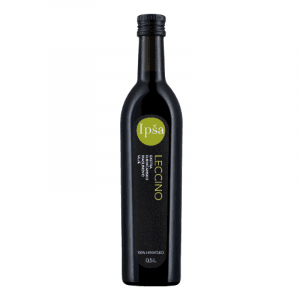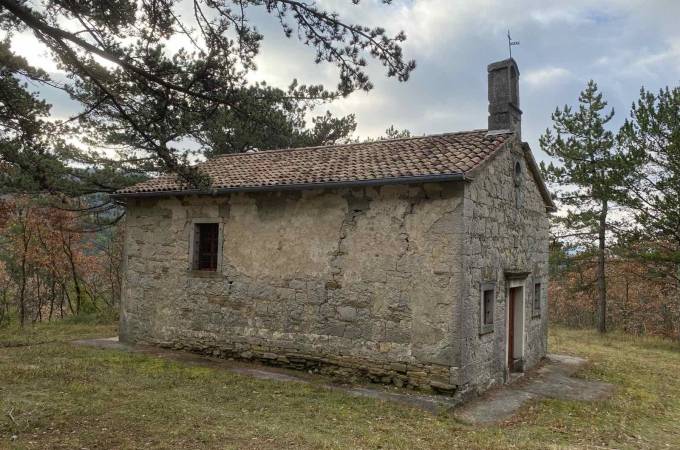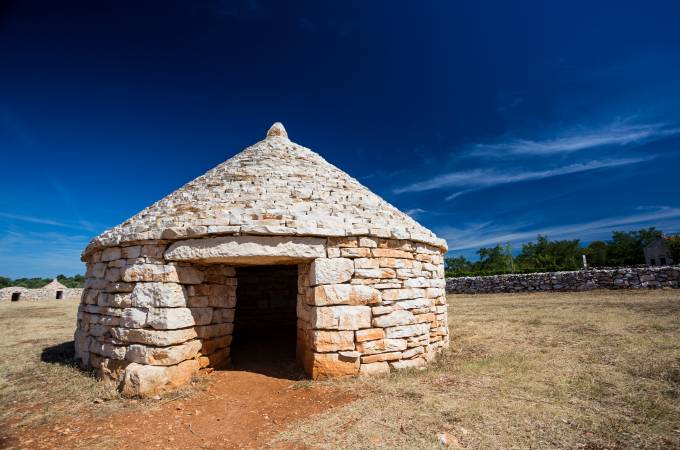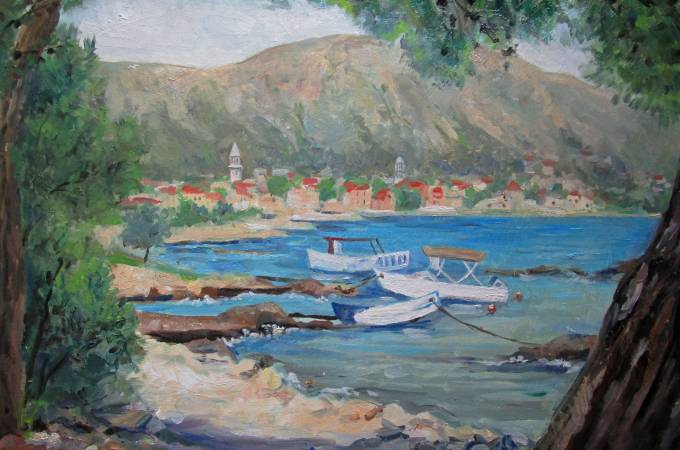Culture
Glagolitic Alphabet: The Ancient Script of Istria

Although there are numerous theories as to how the Glagolitic alphabet developed, the common view among Slavists and philologists is that it was created in the 9th century on the model of the Greek alphabet by Constantine the Philosopher, the monastic Cyril. While other Slavs cut out the Glagolitic alphabet by the 12th century at the latest, among Croats it remained in use until the 1840s, although not to the same extent in all parts.
This script was primarily created in order to record God's service and bring Christianity closer to the people, but in Croatia it surpassed its original need over time. The Glagolitic alphabet thus became a script of both spiritual and secular writings, fulfilling the cultural needs of the people. It was used to write church books, city statutes and codes, literary works, carved inscriptions on stone slabs, engraved messages on crucifixes, bells and church walls.
Glagolitic in Istria
It is rooted in the Croatian coast, on Krk, and in Istria, especially its central part where it has been in use for almost a thousand years. Despite the pressures of other cultures, the people of Istria have preserved the Glagolitic alphabet throughout all these centuries, tying it closely to their national language and identity.
Some of the oldest and most significant Glagolitic monuments are located right here on the peninsula.
The Plomin Tablet which dates from the 9th century is a Glagolitic inscription on the wall of the church of St. George in Plomin. A male figure is carved on it, presumably either a depiction of St. George or Silvanus, the Roman-Illyrian god of flora and fauna, and above it there is a Glagolitic inscription in two lines, unfinished, that mysteriously says"this was written by S...".
In the vicinity of Pazin is a village of Grdoselo. In the 17th century a new church was built there and in the hallway of the parish house the Fragmentfrom Grdoselo was found - a Glagolitic monument which is estimated to have been created in the 12th century. Not much is known about it, except what was written about it in a letter from 1903: that it was installed by a famous pastor and that it was found in the "old town".
The Fragment of Sveti Petar u Šumi is a stone discovered by accident in 1987 among the ruins of a collapsed monastery wall in Sveti Petar u Šumi. It dates from the 12th century and since Cyrillic and Glagolitic letters are both engraved on it, it’s a historical testament of a very early coexistence of these two scripts in the central Istria.
The most famous Glagolitic monument in Istria is probably the Glagolitic Graffiti from Hum. It was found on a fresco in the church of St. Jerome in Hum and most probably dates from the second half of the 12th century. The frescoes of this church are one of the most important monuments of wall painting in Istria, and the Graffiti itself is a note by a Glagolitic priest about the masses he held for the blacksmith Martin.
The Glagolitic alphabet in Istria was not only preserved in stone: it found its significant place in manuscripts, as well as in printed books. The Glagolitic alphabet and printing art in the Istrian area are thus evidenced by the well-known exclamation of Jacques Juraj from Roč, which he wrote on the pages of the Missal of Prince Novak: “Vita, vita. Our press is going forward. ”
Glagolitic alley
Engraved, written, painted, or printed… Glagolitic words have left an indelible mark on the history and culture of this seemingly remote area. With a desire to keep alive the awareness of the millennial effort to preserve Istrian and Croatian identity, academician Josip Bratulić and sculptor Želimir Janeš created a unique interactive monument in our time.
Along the seven-kilometer-long road between two Glagolitic centers, Roč and Hum, Bratulić and Janeš erected eleven memorials that reveal important figures and moments in the history of this area. Zvane Črnja gave them their name - Glagolitic Alley. They are:
- Pillar of the Čakavian Parliament
- Table of Cyril and Methodius
- Assembly of Clement of Ohrid
- Glagolitic Lapidarium
- Gorge of Croatian Lucidarius
- Belvedere of Grgur Ninski
- The Rise of the Istrian Demarcation
- Wall of Croatian Protestants and Heretics
- Resting Place of Žakan Juraj
- Monument to Resistance and Freedom
- Hum City Gates
Immersed in nature, Aleja will take you on a journey through the history of the Glagolitic alphabet among Croats, especially in Istria, and you will get a unique opportunity to learn a few letters of the ancient script that brought literacy and high culture to the Istrian village.








